How to cook broad beans
How to prepaid, double pod and cook broad beans.
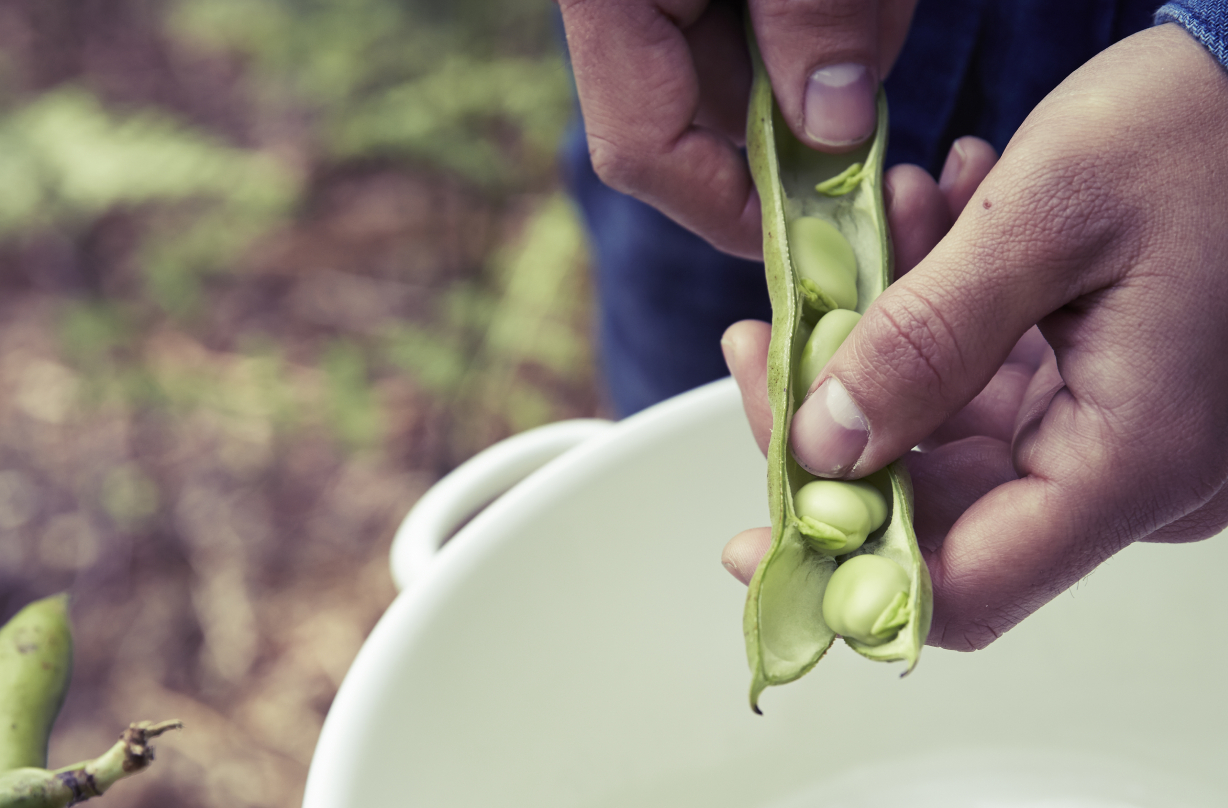

This fabulous seasonal bean is delicious in so many guises and well worth the effort. Here is everything you need to know to about prepping and cooking broad beans.
Broad beans also called fava beans, are in season in the UK for most of the summer from June to September. The broad bean is an ancient vegetable that has been cultivated as food since the Bronze Age.
Many people have a love-hate relationship with this brilliant bean. Famously a favourite of Hanibal Lector, who references eating fava beans in a chilling scene in The Silence of the Lambs. Despite having a great flavour we have to admit broad beans are quite a faff to prepare. You may find that it’s the people who eat them who adore them, but those who prepare them that find broad beans less alluring. Read on to discover our simple way to prepare broad beans.
How to prepare broad beans
As is often the case with beans, the younger and smaller the broad beans, the more tender they are to eat.
The entirety of very young small pods, with scarcely formed beans, can be eaten. However, you may struggle to find little ones like these in the shops. Good To Know Food Director Elisa Roche explains “If you are lucky enough to be using home-grown broad beans, the smallest ones you pick will not need to be shelled, just slice them up and cook them.”
Supermarkets and greengrocers usually sell more mature broad beans during the summer season. Supermarkets also often stock packs of frozen board beans, which are ideal for an out of season bean fix. You can also buy cooked fava beans in tins and jars.
The more mature beans require podding which is the fiddly process that often puts people off.
GoodtoKnow Newsletter
Parenting advice, hot topics, best buys and family finance tips delivered straight to your inbox.
The easy way to peel broad beans
As broad beans have two cases to remove this process is called ‘double podding’. Start by removing the beans from the pods. Open the pods and use your thumb to push out the beans.
Next blanch the beans, by submerging them in a pan of salted boiling water to loosen the skins. If serving the boiled beans hot just blanch them for just 1 minute at this stage, (you will add the podded beans back to the water to cook further). If you intend to serve the beans cold, such as in salads, then cook them fully at this stage. Cook until tender, 4-6 mins.
For both options next use a slotted spoon to remove the beans and plop them into a bowl of cold water. The pale grey skins should now look shrivelled and easily separate from the bright green beans inside. Use your fingers to squeeze the beans out of their skins. If they have thick skins make a small nick with a nail or a knife before squeezing.
How to cook broad beans
Boiling broad beans
To boil board beans first follow the method above to double-pod the beans by blanching them in boiling water for 1 min. Then return the de-podded beans to the pan of salted boiling water and boil for a further 3-6 mins, or longer for older beans, until tender. Once cooked drain well. To sever mix the cooked beans with chopped herbs and a knob of butter. This is a lovely simple way to serve beans.
Mashed broad beans
Broad beans can also be mashed to create a puree or dip such as this vibrant broad bean hummus.
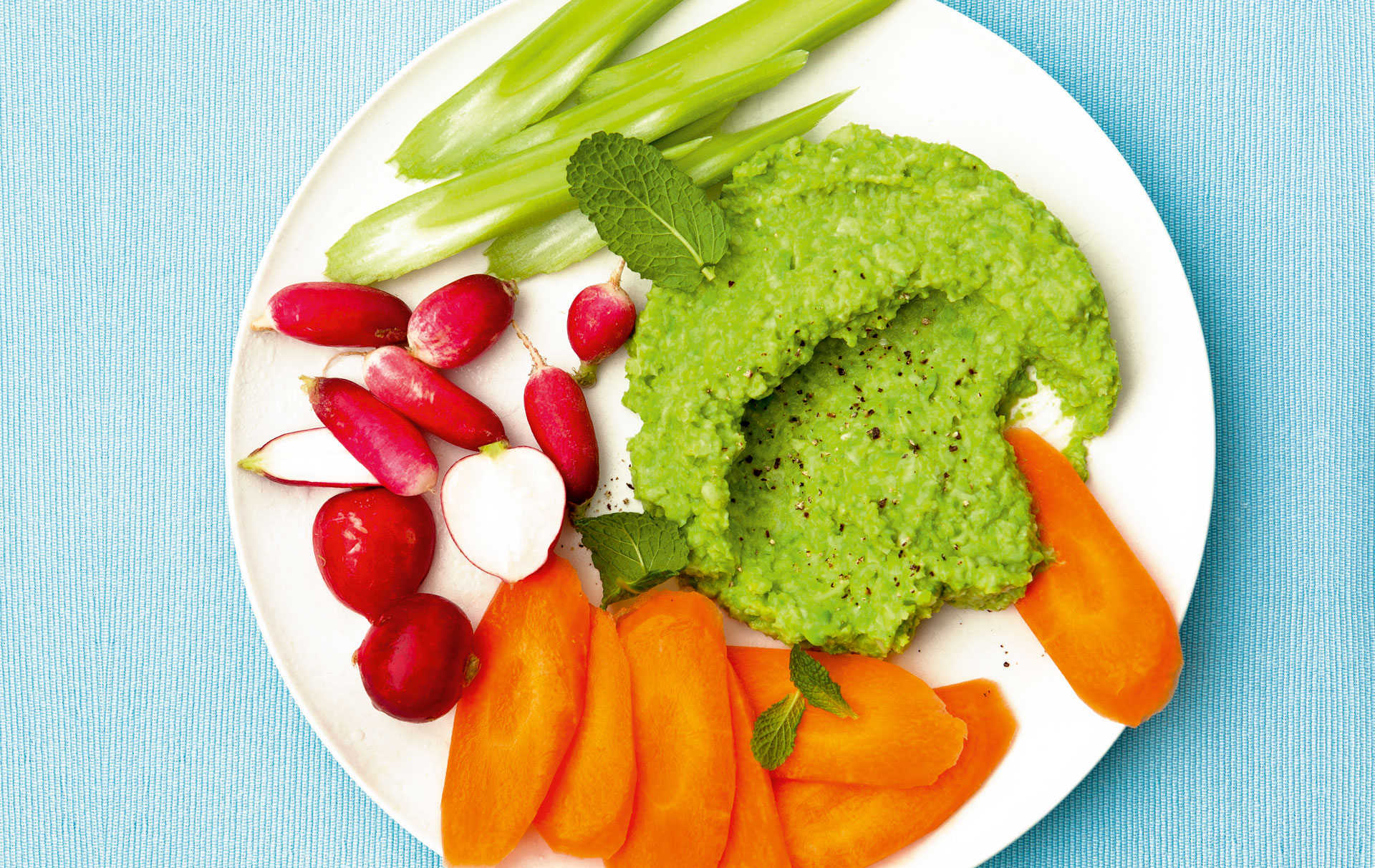
If you are making a cold dip it is more logical to cook the beans fully before removing the skins. However, if you would like a warm puree then first double-pod the beans. Then return to a pan of with enough water to just cover the beans, add a little garlic and herbs if you like, cook until the beans are tender. Then whizz the beans with a little of the cooking water and butter or cream to make a smooth puree.
Broad beans are a lovely addition to stews, curries and soups. Just add towards the end of the cooking time. In this recipe for Slow cooked lamb stew, the legumes are added for the last 10 mins of cooking time. Be wary of adding broad beans too early, as if they are overcooked they will turn hard.
How long do broad beans take to cook
The time broad beans takes to cook will vary depending on the size and the cooking method. Use a fork to test if board beans are cooked and tender. Boiling broad beans takes between 3-6 mins. Although older beans can take slightly longer to cook. Avoid overcooking broad beans as they will turn hard.
When adding board beans to pasta and risotto dishes it is often easiest to cook the beans separately to ensure that they are sufficiently cooked. Set the cooked beans aside while you prepare the rest of the dish, then add into the dish to reheat for the last few minutes of the cooking time. In Slimming World’s recipe for creamy mushroom and broad bean carbonara, the broad beans are cooked in the pasta water. A good tip for saving time, energy and washing up!
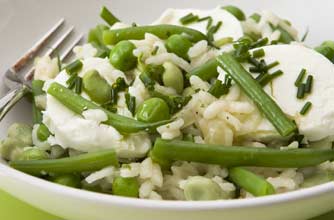
Frozen board beans can be cooked straight from frozen. Allow the water to come back up to a boil before starting the timer.
Can you eat the skin of broad beans
The skin of broad beans is edible. However, especially in larger beans, the skin is often tough and bitter. Double-podding broad beans can be therapeutic, however, it is a time-consuming task. So if you’re in a rush, simply serve with the skins on. If possible pick younger beans as the skins will be less tough than in more mature beans. If you need any more convincing the eco chef Tom Hunt agrees. In his column for The Guardian, he suggests “Leaving the beans unpeeled saves prep time and adds depth of flavour”.
If you do remove the skins but are reluctant to bin them you can fry just the skins in oil to make a crunchy snack.
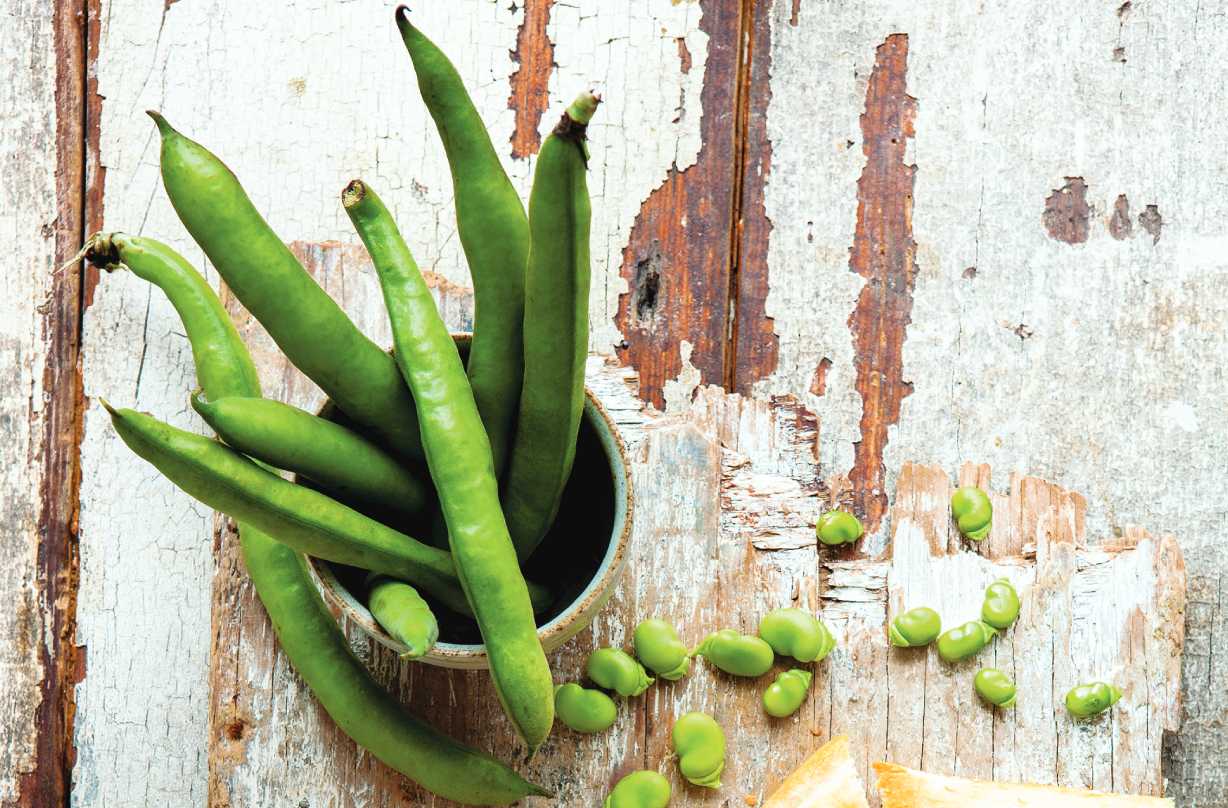
Broad bean pods are also edible, although not often eaten. The older they get the more fibrous they become, so although they taste good they have a tendency to be off-puttingly stringy. However, if you’re feeling adventurous why not experiment with battering and frying the pods, or chopping and adding to chunky soups and stews?
If you choose not to eat the pods and skins they can be composted.
Broad bean recipes
Broad beans are a versatile vegetable. Popular in a range of cuisines. In the south of France they are a common ingredient in many traditional dishes, such as cassoulet. Good To Know Food Director Elisa Roche explains "Broad beans are also very popular in Turkish cuisine where my family is from. They hold spice very well and we sometimes slow cook them with oily, spicy sausages." And in the UK broad beans are generally considered to have an affinity with bacon and pork.
Enjoy this wonderful array of recipes make the most of these seasonal summer favourites:
1. Crushed pea and bean toasts
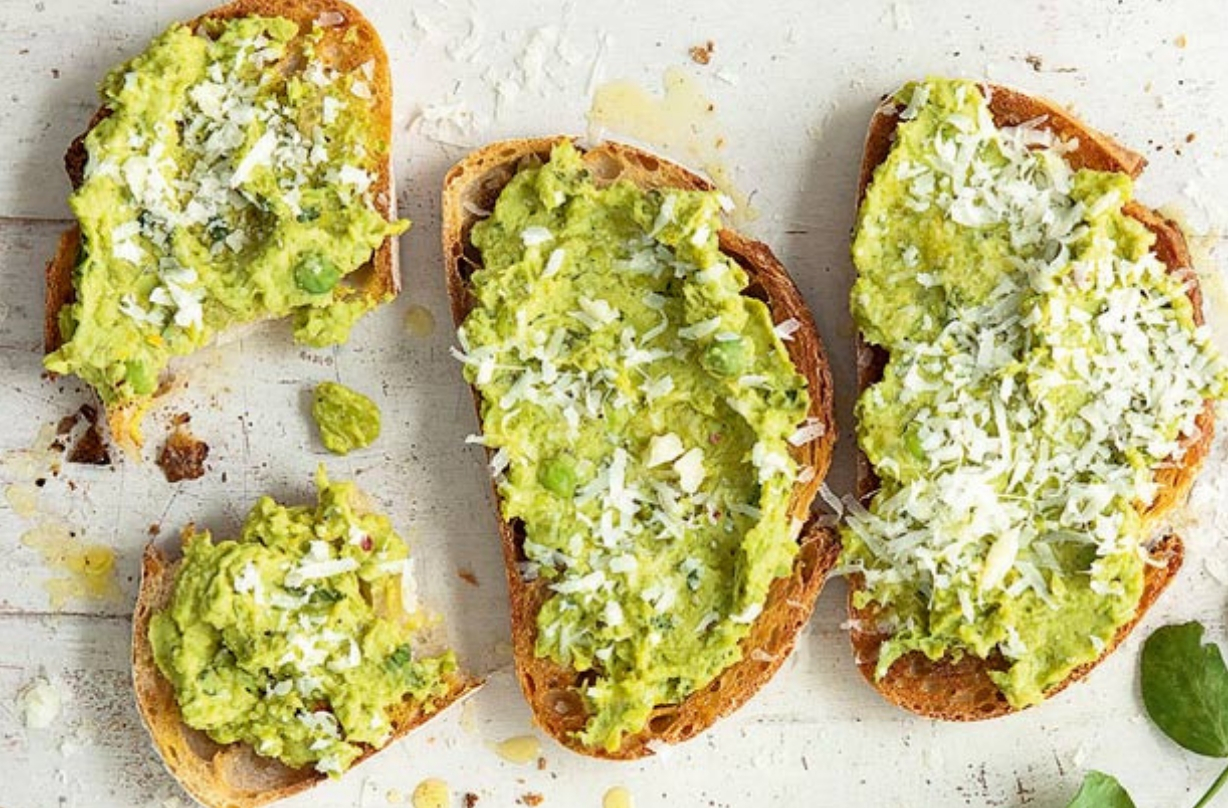
A tasty nibble with a drink, or a yummy lunch. This simple to make dip will become a summer fave in no time.
Get the recipe: Crushed pea and bean toasts
2. Antony Worrall Thompson’s spiced cod and beans recipe
A healthy Spanish style fish dish created by the legendary Antony Worrall Thompson.
Get the recipe: Antony Worrall Thompson’s spiced cod and beans recipe
3. New potato and asparagus salad
Broad beans proving they are a welcome addition to any salad. Plus this summery salad is suitable for vegetarians, ideal for meat-free Monday.
Get the recipe: New potato and asparagus salad
4. Easy broad bean falafel
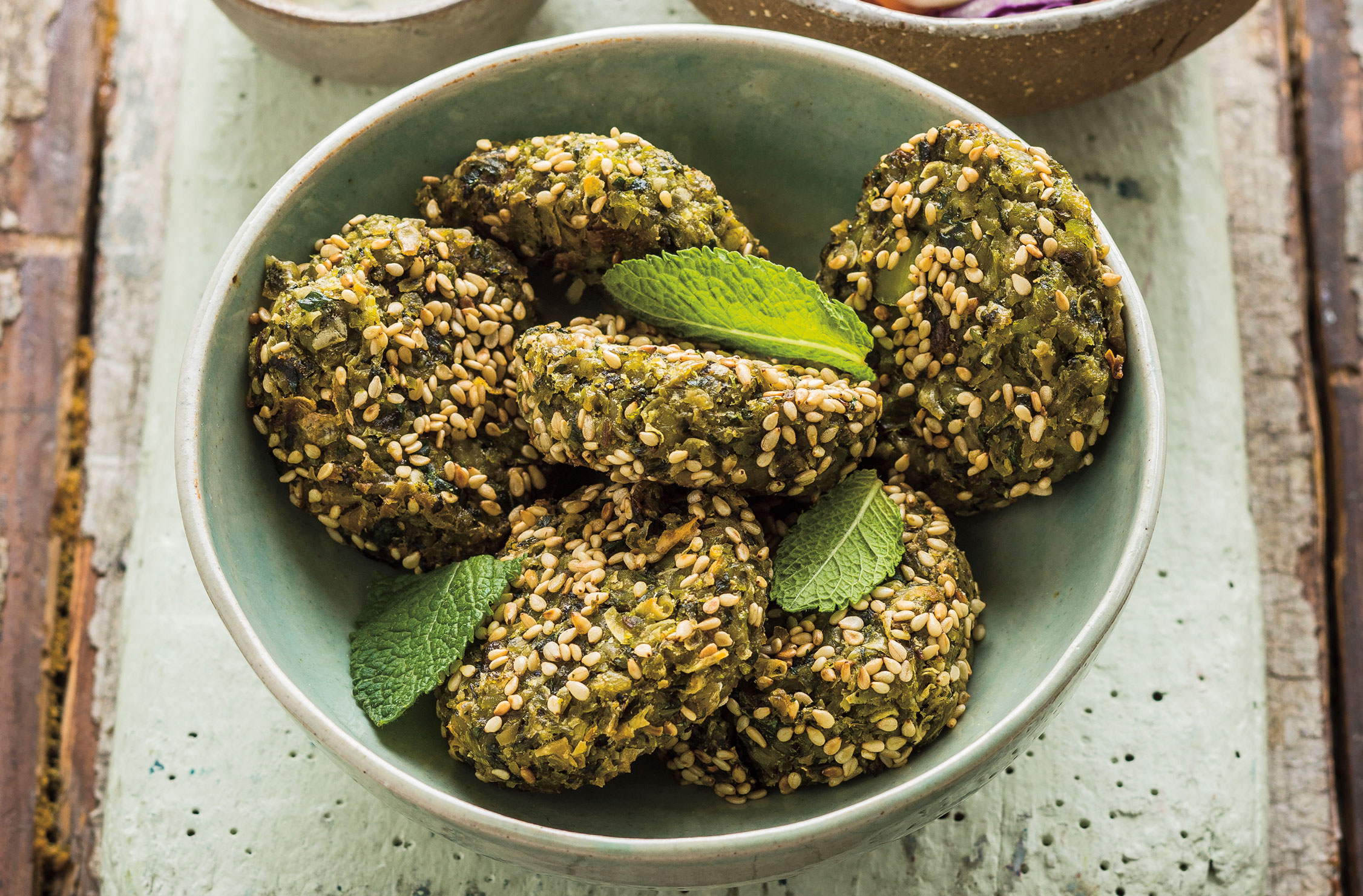
In place of the classic chic peas, broad beans add so much flavour to these delicious falafel bites. A great addition to your picnic basket!
Get the recipe: Easy falafel
5. Tom Kerridge’s North African soup
This North African soup recipe created by Tom Kerridge is the perfect meal if you fancy something healthy but also warming and filling.
Get the recipe: Tom Kerridge’s North African soup recipe
6. Risotto Primavera
A summer classic! This creamy risotto makes the most of summers seasonal veg.
Get the recipe: Risotto Primavera
What fantastic dishes will you be creating with broad beans?

Rose Fooks is Deputy Food Editor at Future Publishing, creating recipes, reviewing products and writing food features for a range of lifestyle and home titles including GoodTo and Woman&Home. Before joining the team, Rose obtained a Diplome de Patisserie and Culinary Management at London’s Le Cordon Bleu. Going on to work in professional kitchens at The Delaunay and Zedel.